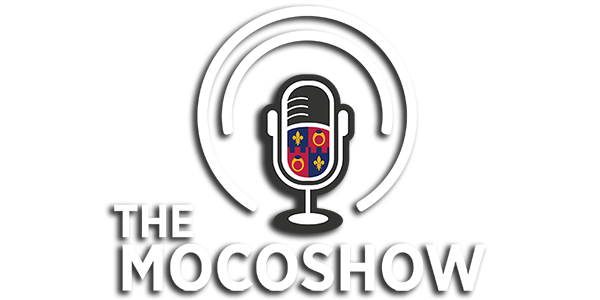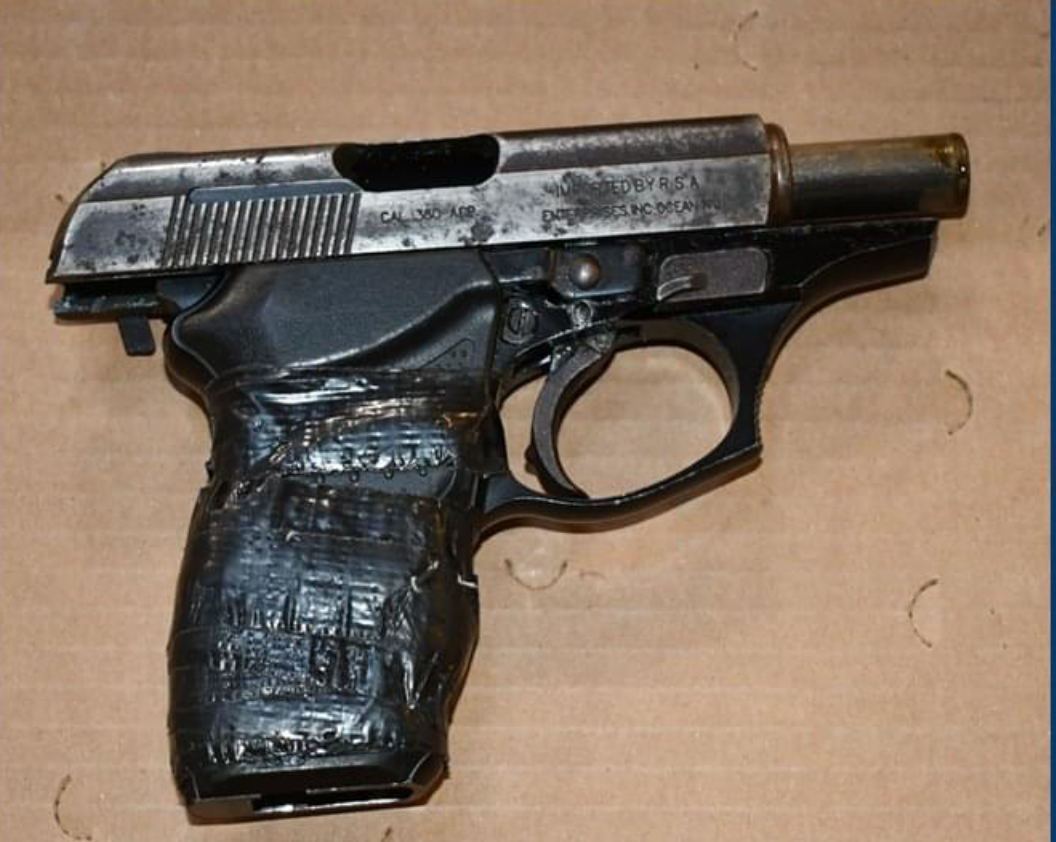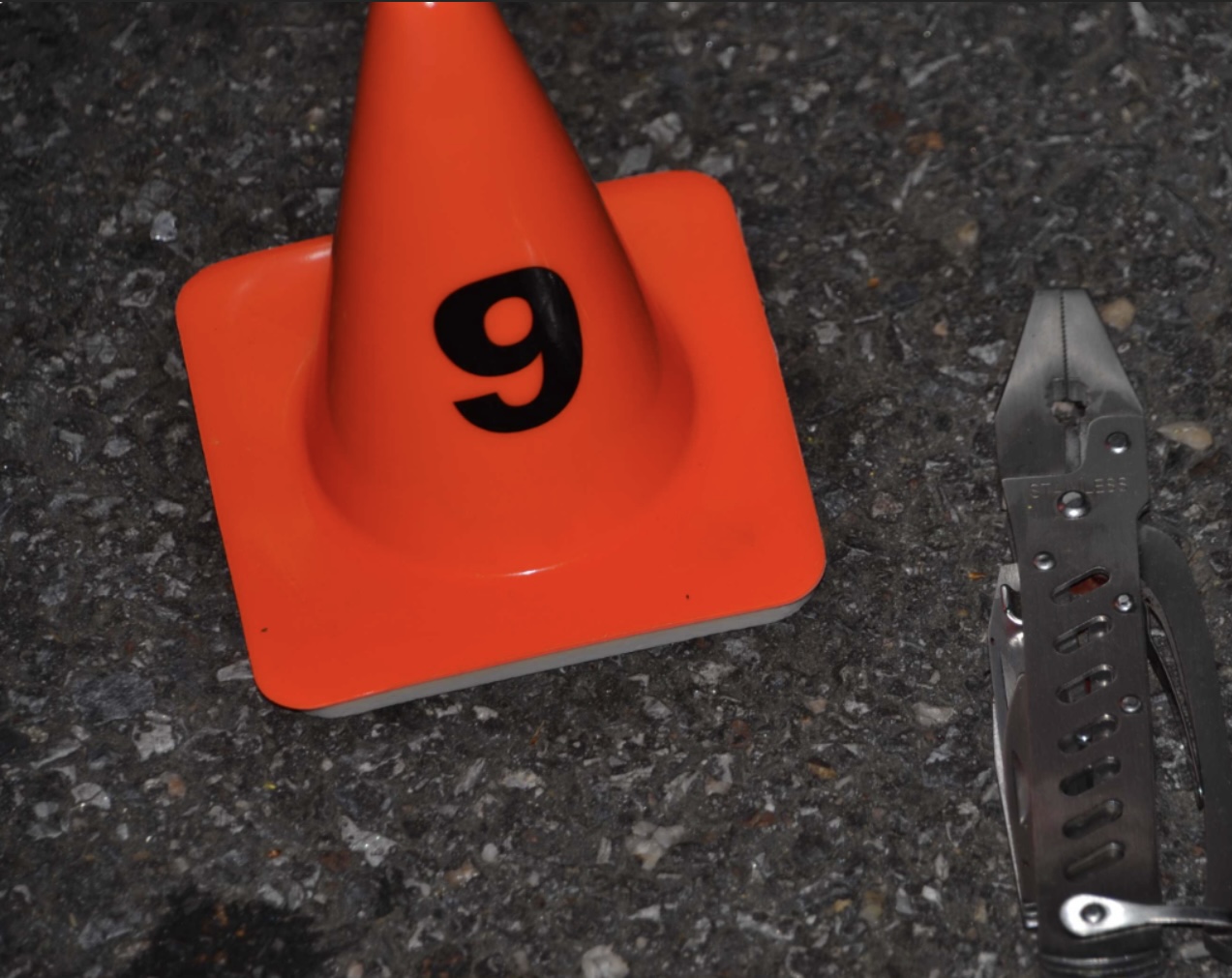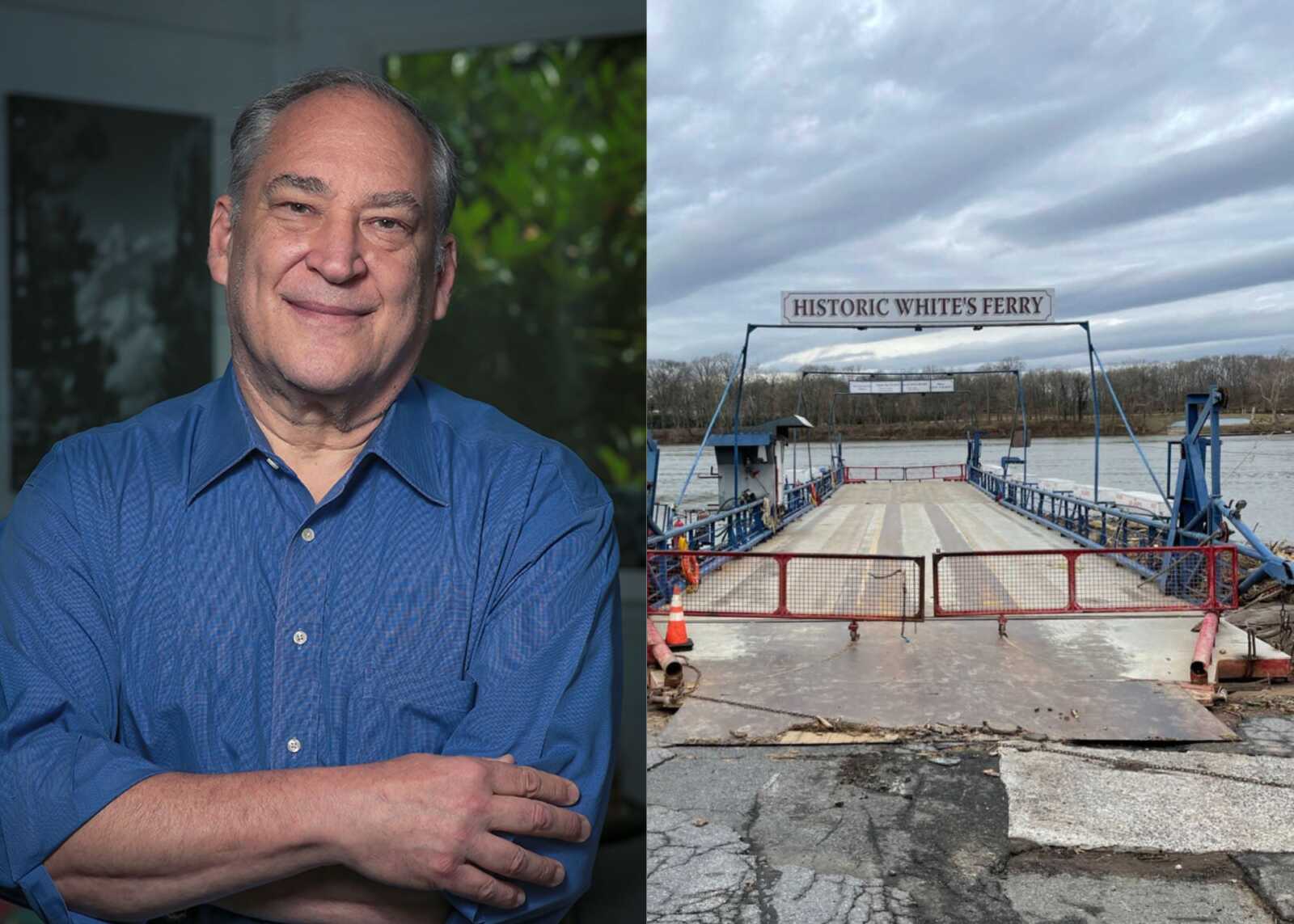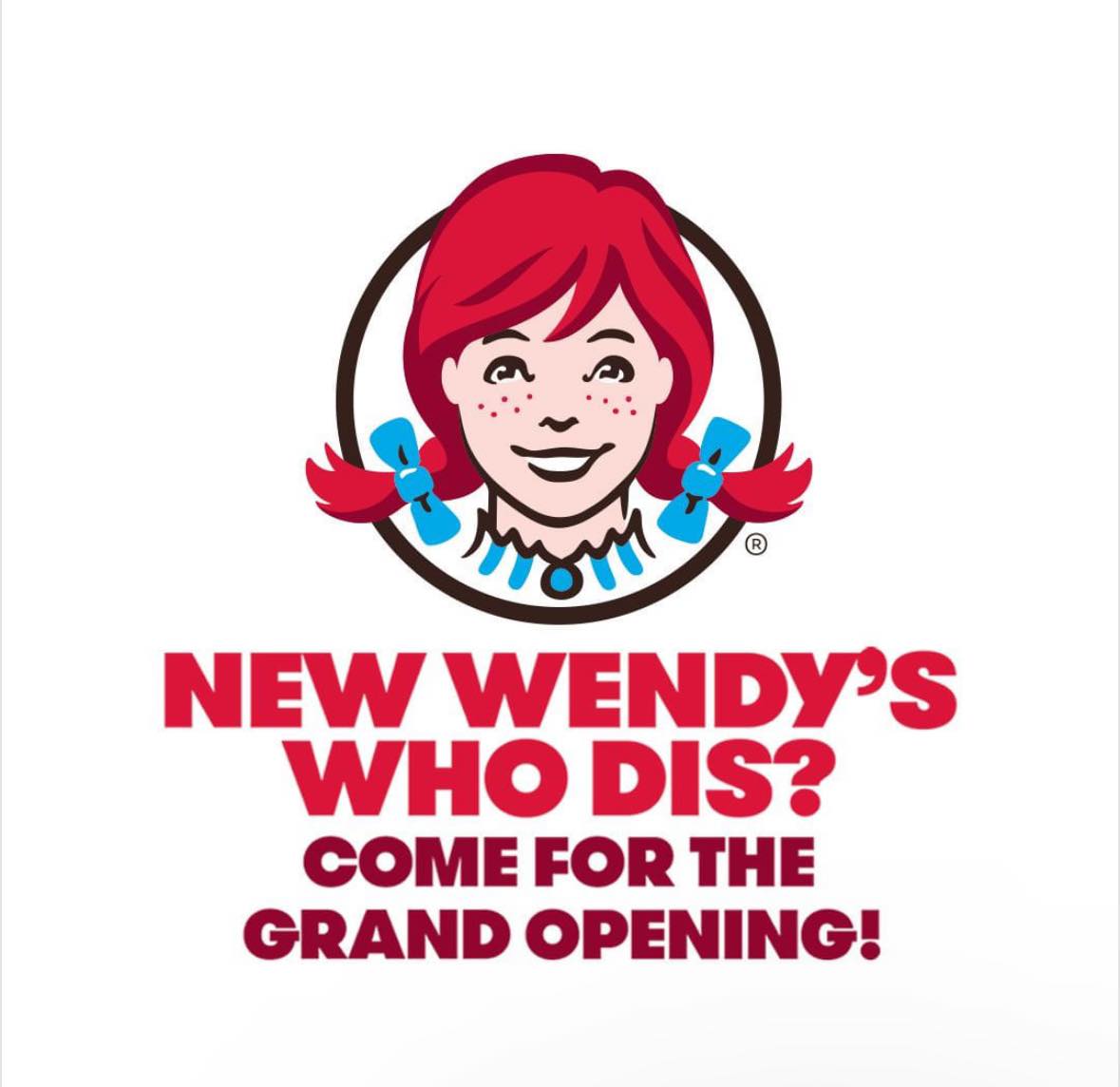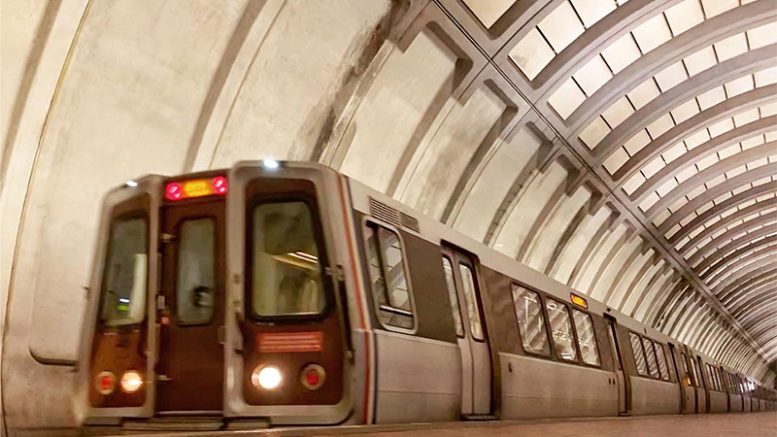
7000-Series Return to Service Update
- On December 14, Metro is informed by the WMSC (Washington Metrorail Safety Commission) that it has no technical objections to the final plan submitted to gradually return nearly half of the 7000-series railcars to passenger service with the metered release of no more than 336 railcars.
Advisory Effective: 10/18/21 – 12/31/21
Pet Metro:
Metrorail service* will operate as follows:
- Red Line trains run every 12 minutes
- Green Line and Yellow Line trains run every 20 minutes
- Blue Line, Orange Line, and Silver Line trains run every 24 minutes
- Silver Line service has resumed between Wiehle-Reston East and Largo Town Center
*Service subject to change due to scheduled maintenance and track work.
View the weekday and weekend service advisories for scheduled service adjustments.
Metro will continue to operate at reduced service levels through at least December 31 and will advise the public of any additional service improvements should more trains become available.
Metro’s trip planner has been updated to reflect the latest service schedule. Customers are also encouraged to use the live train map to see the locations of trains on each line. In-station next train signs (Passenger Information Displays) are providing accurate train arrival estimates.
Metro continues to work closely with the Washington Metrorail Safety Commission and NTSB and as more information develops, we will update the public about service. Continue to visit wmata.com and follow us on social @metrorailinfo and @metrobusinfo for the most up-to-date information.
Actions Taken
On Wednesday, October 13, Metro began working with NTSB and the WMSC to determine the cause of the Blue Line derailment at Arlington Cemetery; that investigation is still ongoing.
Because safety remains our number one priority, we have removed all 7000-series railcars, roughly 60 percent of our fleet, from passenger service.
- On October 28, wheelset inspections were completed on all 7000-series railcars.
- On November 4, Metro submitted a test plan to the WMSC for acceptance. [Read test plan letter]
- On November 8, Metro began testing two weighted 7000-series trains in the system to determine inspection intervals.
- On November 17, Metro demonstrates wheelset measurements inspections [Watch Wheelset Inspection Video]
- On December 14, Metro is informed by the WMSC that it has no technical objections to the final plan submitted to gradually return nearly half of the 7000-series railcars to passenger service with the metered release of no more than 336 railcars.
Frequently Asked Questions
Background: On Wednesday, October 13, Metro, the National Transportation Safety Board (NTSB), Federal Transit Administration (FTA) and the Washington Metrorail Safety Commission (WMSC) launched an investigation into the Blue Line derailment that occurred on Tuesday, October 12, between Rosslyn and Arlington Cemetery Stations.
The investigation is ongoing, and the following questions provide the most up-to-date information to ensure the public is informed.
Recent Stories
17th Annual Kensington Day of the Book Festival
Now in its 17th year, the Kensington Day of the Book Festival is a family-friendly street festival featuring 150+ renowned authors, poets, and literary organizations. Enjoy live music on five stages, special guest speakers, military veteran writers and comedians, poetry readings, cookbook demos, children's program, and much more.
Admission is free, and attendees will also be able to explore a marketplace of books and food offerings from local vendors.
Not your average book festival! This festival offers something for everyone!
17th Annual Kensington Day of the Book Festival
Sunday, April 21, 2024, 11am-4pm (held rain or shine!)
Howard Avenue, Kensington, MD 20895
www.dayofthebook.com
Instagram: @kensingtonbookfestival
Contact: Elisenda Sola-Sole, Festival Director
301-949-9416 (text preferred)
FEST OF SPRING Caribbean Wine Food & Music Festival
Get ready to experience the vibrant colors, tantalizing flavors, and infectious rhythms of the Caribbean at the FEST OF SPRING Caribbean Wine Food & Music Festival! Hosted by RHU LLC, this exciting festival is set to take place on May 18, 2024, at the picturesque 16700 Barnesville Rd in Boyds, MD.
Step into a world where the Caribbean spirit comes alive! From 12:00 PM onwards, immerse yourself in a sensory journey that celebrates the unique culture, cuisine, and music of the Caribbean. Whether you're an African American, a Reggae or Soca music enthusiast, a wine lover, or part of the vibrant Caribbean diaspora, this festival promises to delight and captivate you in every way.
Let the enticing aromas of mouthwatering Caribbean dishes tantalize your taste buds. Feast on traditional delicacies prepared by expert chefs, showcasing the rich and diverse culinary heritage of the Caribbean. Indulge in flavorful jerk chicken, succulent seafood, and delectable plantain dishes that will transport you straight to the islands.
Accompanying the culinary extravaganza is a carefully curated selection of premium wines, ensuring the perfect pairing for your palate. Sip on fine wines from renowned vineyards, each sip a reflection of the Caribbean's vibrant spirit. Discover new flavors, expand your wine knowledge, and savor unforgettable moments with every glass.
As the sun sets, get ready to groove to the infectious rhythms of Caribbean music. Feel the pulsating beats of reggae, soca, dancehall, and calypso, moving your body to the lively melodies. Live performances by talented musicians and performers will keep the energy high, ensuring a night of unforgettable entertainment.
Don't miss this opportunity to embrace the Caribbean spirit and celebrate the arrival of spring in style! Tickets are available on AllEvents, so secure your spot today. Join us at the FEST OF SPRING Caribbean Wine Food & Music Festival, where cultures collide and unforgettable memories are made.
LIVE PERFORMANCES By: CULTURE Feat. Kenyatta Hill, EXCO LEVI, IMAGE BAND, RAS LIDJ REGG'GO with Special Guest SUGAR BEAR FROM E.U. & MORE! & MORE!
MUSIC By: DJ ABLAZE, DJ SMALLY & NAJ SUPREME
2 NIGHT Camping packages available: RV/CAMPER $200 | TENTS $150 Starting on Friday May 17 @ 5pm | 30 RV SPACES | 30+ TENT SPACES
KIDS 12 & UNDER FREE!!!

